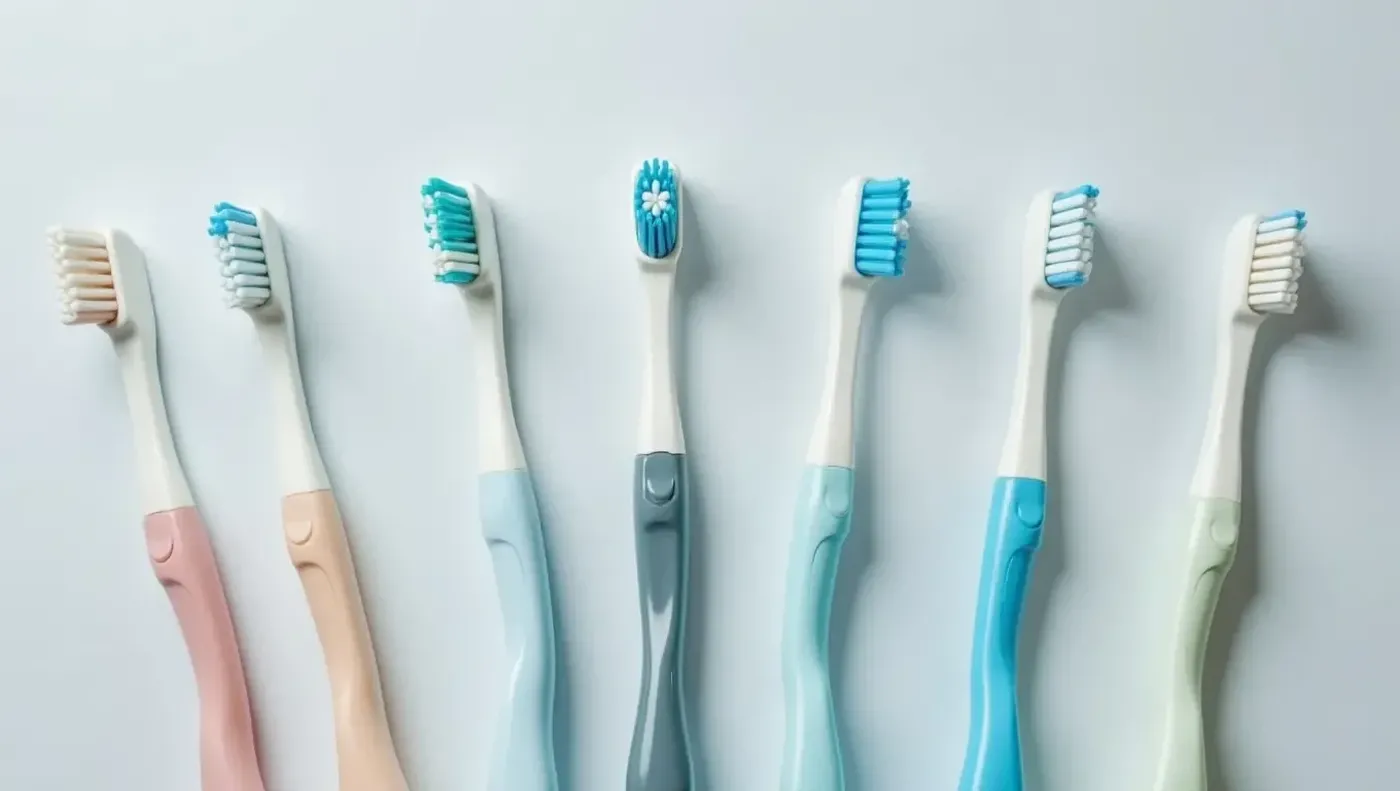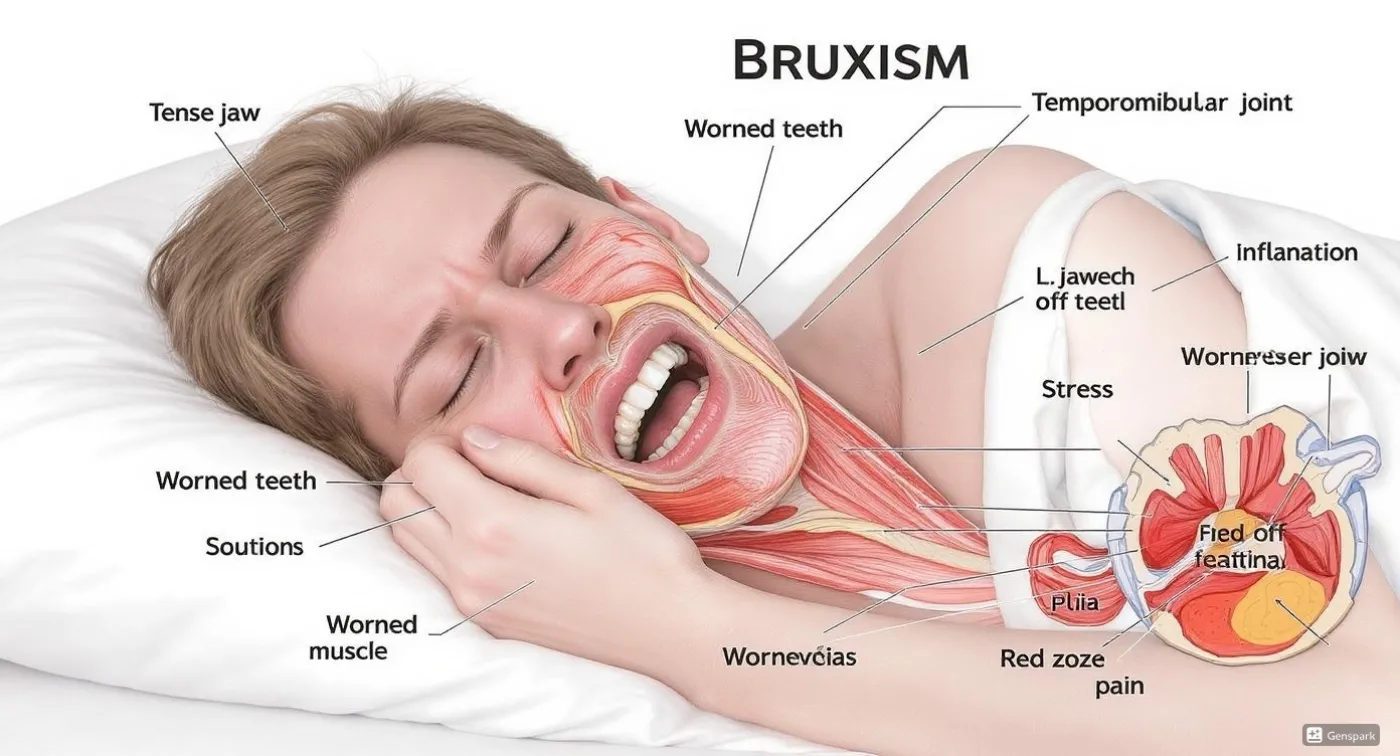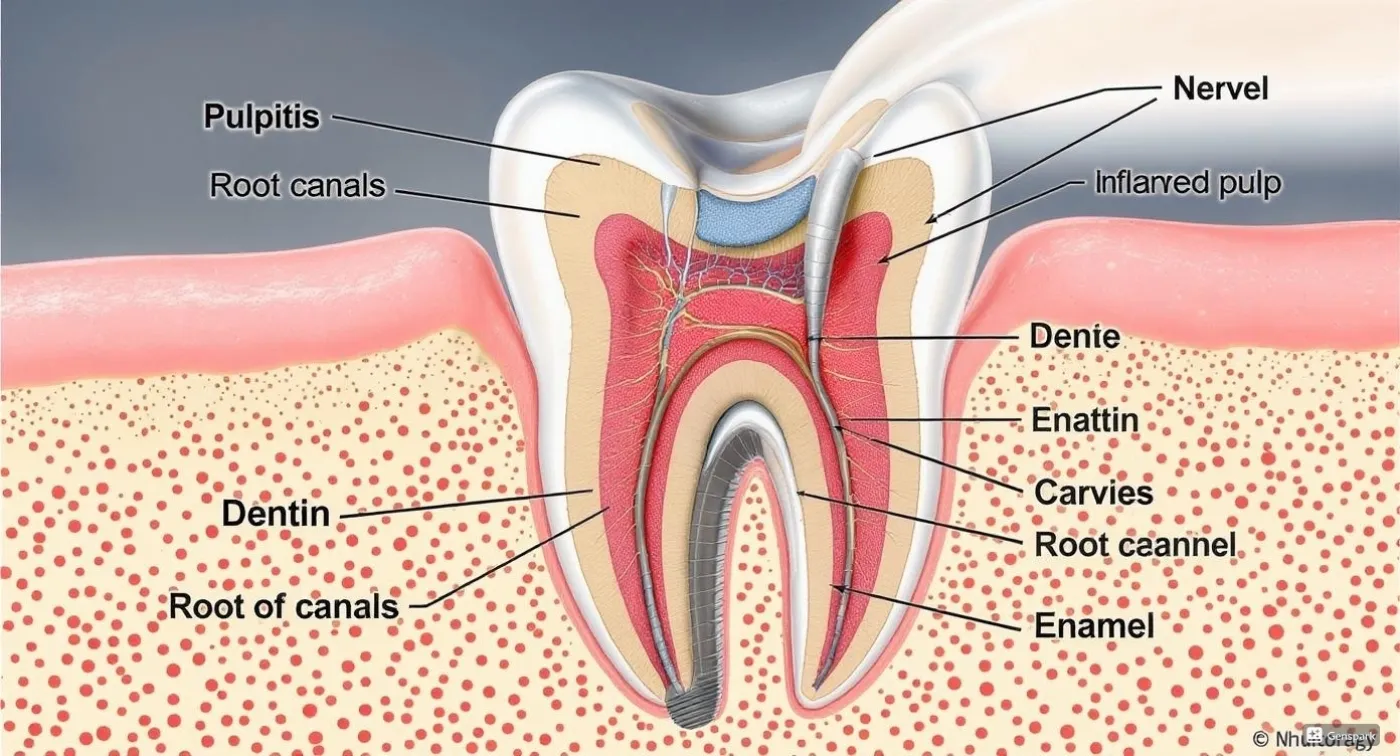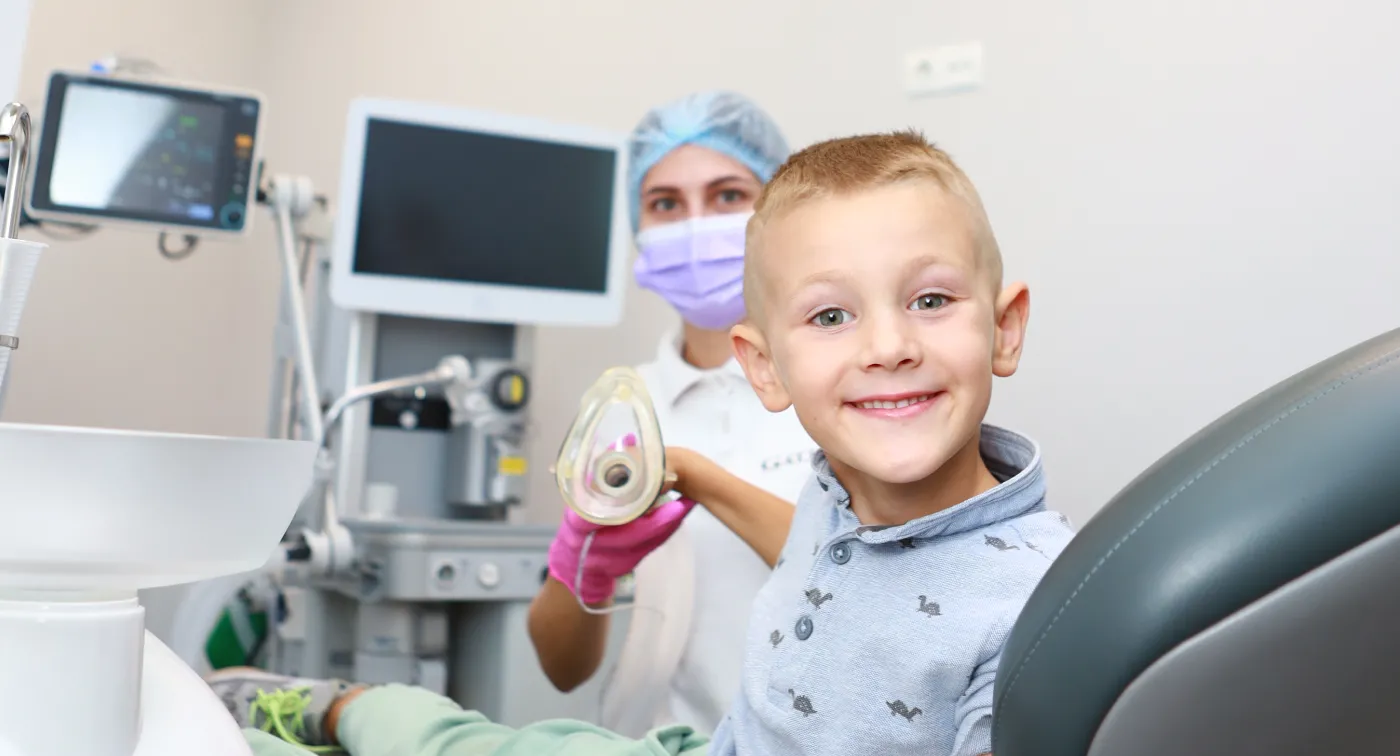Choosing a toothbrush is not just a matter of convenience or design, but an important decision for the health of your entire oral cavity. A properly selected toothbrush, tailored to age, gum condition, and oral characteristics, helps effectively remove plaque, prevent cavities, and maintain healthy teeth for many years.

How to Choose the Right Toothbrush: Tips for Adults and Children
Daily oral care starts with brushing your teeth. The main tool in the fight against plaque and bacteria is the toothbrush. Although we use it every day and much of our oral health depends on it, often the choice comes down to design or the comfort of the handle. Meanwhile, few pay attention to its effectiveness. But it’s important to understand: a properly chosen toothbrush is not just an accessory but a key to healthy teeth and fresh breath.
In this article, we will look at the key criteria for choosing a toothbrush: types of toothbrushes, bristle hardness levels, head sizes, and other important details to consider. We will also touch on the features of choosing toothbrushes for children. This will help you make an informed choice and avoid harming yourself or your loved ones.
Types of Toothbrushes
The modern market offers different types of toothbrushes. Each has its own advantages and disadvantages.
Manual Toothbrushes
More than 75% of users choose these tools. When electric toothbrushes appeared, many doubted the effectiveness of manual ones. However, with proper selection and use, the manual toothbrush can perfectly fulfill its tasks. The advantages of such brushes include:
- Accessibility. Manual brushes are usually cheaper compared to innovative oral care devices. They are easy to find in any pharmacy or supermarket.
- Wide selection. Different sizes, shapes of heads, types of bristles, and textures allow you to choose the best option for yourself.
- Pressure control. The user controls the intensity of brushing.
- Portability. Manual toothbrushes are easy to take with you on trips.
- Ease of use. Just learn the brushing technique. No settings or instructions needed.
As for the drawbacks, improper use of manual toothbrushes may not fully remove plaque. In this case, dental services may be required since insufficient cleaning can lead to bad breath, cavities, and gum diseases.
Electric Toothbrushes
Electric toothbrushes have a built-in electric motor that causes the bristles to rotate and vibrate. The head of such a device can make 10,000 to 30,000 rotations per minute. Their advantages include:
- High effectiveness. Thanks to the large number of micro-movements, electric toothbrushes remove plaque better. They provide effective oral care for children or people with limited mobility. This is an efficient way to prevent cavities and improve oral health.
- Convenience. To brush your teeth, just press a button and move the brush around. A built-in timer helps ensure you brush for the recommended duration (the procedure should last 2 minutes).
- Gum health care. Using an electric toothbrush can help prevent excessive pressure during brushing, avoiding damage to soft tissues.
Types of electric toothbrushes:
- Mechanical (rotary). These are classic models with a rotating round head. They are suitable for the whole family, just requiring separate brush heads.
- Sonic. These devices use sound vibrations to turn toothpaste into foam that penetrates even hard-to-reach areas. These models are ideal for braces, veneers, or crowns. Their advantages include irrigation effects and prevention of gum diseases; disadvantages include noise and limitations for certain gum conditions.
- Ultrasonic. One of the most effective and technologically advanced types of electric toothbrushes. They operate at frequencies up to 1.7 MHz. The bristles vibrate almost imperceptibly, without rotation. These devices are effective even without direct contact with the tooth - the ultrasound acts at a distance of up to 5 mm. Ultrasonic brushes are nearly silent. Besides effective plaque removal, they improve blood circulation, reducing the risk of bleeding gums.
Drawbacks of electric toothbrushes include higher cost compared to manual ones. Also, their use requires battery replacement or recharging.
Toothbrush Bristle Hardness
The hardness of a toothbrush directly affects comfort during brushing and the effectiveness of plaque removal. This factor influences gum health and enamel condition, especially in people with increased sensitivity. Depending on hardness, toothbrushes are classified into different types:
- Soft. Gentle bristles treat enamel and gums with care. These toothbrushes are suitable for children and people with high tooth sensitivity. They are also recommended after dental procedures. Soft brushes provide delicate cleaning but may be less effective at removing stubborn plaque. A subtype of these are extra soft toothbrushes, which are even gentler and ideal for very sensitive teeth.
- Medium hardness. These models are a universal choice for most adults without increased sensitivity. Compared to soft brushes, they offer higher effectiveness while still being gentle on teeth and gums.
- Hard. Brushes with hard bristles are optimal for people who quickly accumulate plaque or smokers. They effectively handle stubborn stains, plaque, and discoloration from coffee or tea. However, hard toothbrushes may damage enamel or gums and are not recommended for daily use without a dentist’s advice.
Even when using the right toothbrush, periodic professional cleaning is necessary. It is difficult to completely remove plaque, especially between teeth and in hard-to-reach areas. Over time, tartar forms on the teeth, which can only be removed by a dentist.
Toothbrush Material
The material affects not only cleaning effectiveness but also the hygiene of the product. Toothbrush bristles can be made of two types of materials:
- Natural. Made from natural fibers, such as animal hair. Although sometimes considered more “eco-friendly” or “beneficial,” they have a serious drawback - their structure retains moisture, creating ideal conditions for bacterial growth.
- Synthetic. Most often made of nylon. They do not absorb moisture, are easy to clean, and retain their shape longer.
Nylon toothbrushes are a much safer option in terms of hygiene. That is why dentists usually recommend choosing models with synthetic nylon bristles - they are hygienic, effective, and safe for daily use.
Choosing a Toothbrush for a Child
Children’s toothbrushes take into account the user’s age, physiology, and early habits. The main goal is not only to clean the teeth effectively but also to make the hygiene process pleasant and safe. Oral care should begin as soon as the first tooth appears.
Toothbrush for Infants
The first toothbrush should be miniature and extremely gentle. The ideal option is a silicone model with very soft bristles and a head that covers 2–3 teeth. This helps avoid injuring delicate gums and enamel, which is still developing. It’s important that the shape is round without sharp edges. The bristle height should not exceed 11 mm.
It’s better to choose a brush with a long handle so that parents can comfortably clean the baby’s teeth. It’s best to avoid natural bristles because their uneven texture may damage the gums and can be a breeding ground for bacteria.
Toothbrush for a 1-Year-Old Child
Around 12 months, a child starts showing interest in brushing their own teeth. This is a great opportunity to form a hygiene habit from an early age. Therefore, a toothbrush for a 1-year-old child should be both effective and engaging. The main selection criteria are:
- Ergonomic shape — the toothbrush should fit easily in the child’s hand and not be slippery;
- Bright design — children may be attracted to cartoon characters, handles shaped like animals, or bright colours;
- Soft bristles — they must be safe for the gums.
A fun design should not reduce the toothbrush’s functionality. It is important to pay attention to the uniformity of the bristles to avoid micro-injuries.
Toothbrush for Children Aged 2–7 Years
From 2 years old, a child starts learning to brush their teeth independently, but parental supervision is still necessary. When the bite begins to change, it’s especially important to carefully monitor dental health. When choosing a toothbrush, follow these recommendations:
- The bristles should be soft or medium firmness — the choice depends on the condition of the teeth and the dentist’s advice.
- The brush head can be slightly larger than infant toothbrushes but should still be compact.
- The handle should be comfortable, preferably with rubber inserts, but still small enough for the child to easily control it.
Between ages 2 and 7, it is important to develop the correct brushing technique — from the gums to the tooth edge. Pay attention to playful designs — for example, brushes with timers that indicate how long to brush teeth.
Toothbrush for Children 7+ Years
At this age, children already have a developed toothbrushing skill. They can gradually switch to more “adult” models. The transition from baby to permanent teeth continues, so it is important to ensure proper hygiene without harming sensitive gums. Features of toothbrushes for children in this age group include:
- Medium firmness bristles;
- A longer brush head to cover more teeth;
- An ergonomic handle shape for comfort;
- The option to switch to an electric toothbrush (if desired and recommended by a dentist).
At this age, it’s important to maintain the child’s interest in hygiene. You can allow them to choose the design of the toothbrush independently but control the quality of the bristles and ergonomics.
Toothbrushes for Braces
Wearing braces requires special oral care. The braces on the teeth and the archwire significantly complicate hygiene. Plaque accumulates around them, posing a serious threat to oral health. Without proper care,tooth decay treatment may be needed over time. That is why dentists recommend using specialised or electric toothbrushes adapted for cleaning while wearing braces.
Orthodontic toothbrushes have specially designed bristles. The central part is slightly shortened, which allows easy access around the archwire of the braces system. Interdental brushes are also widely used. They help clean the spaces between the archwire, brackets, and teeth. To keep even the smallest gaps clean, it is advisable to combine orthodontic toothbrushes with interdental brushes.
For those who prefer electric models, manufacturers produce special devices with gentle modes and brush heads that do not injure the mucosa. Electric toothbrushes with orthodontic brush heads provide thorough cleaning even around the attachments, reducing the risk of gum inflammation and tooth decay while wearing braces.
How Often Should You Replace Your Toothbrush?
Even the best toothbrushes lose their effectiveness over time. The bristles gradually spread apart, become soft, or bend. At this point, they can no longer clean teeth properly. Therefore, dentists recommend replacing the toothbrush at least every 3 months — this applies to both manual and electric models.
Many toothbrushes have special coatings on the bristles that act as wear indicators. These may change color or disappear completely, signaling that it’s time to get a new toothbrush. It’s also advisable to replace your toothbrush after recovering from a cold or flu.
To always stay on track, you can set reminders on your phone or use an app for electric toothbrushes. Some devices automatically track usage time and notify you when it’s time to replace the brush.
The Impact of Nutrition on Dental Health
Nutrition affects the overall condition of the body, including the health of tooth enamel and gums. Choosing oral hygiene products should take your diet into account. Foods beneficial for oral health include dairy products, raw vegetables, greens, fish, eggs, and more. Such a diet reduces the risk of dental diseases.
However, many people’s diets include harmful foods. These include sweets and baked goods, carbonated and energy drinks, acidic fruits and juices. Soft foods also do not promote strong teeth. With this kind of diet, it is better to choose a toothbrush with dense bristles or an electric model that better removes food residues. When following a balanced diet, a classic toothbrush with soft or medium bristles will suffice.
Nutrition is your invisible ally (or enemy) in the fight for healthy teeth. A proper diet and a good toothbrush are among the main conditions for a healthy and beautiful smile.
Request a call
We will contact you to schedule a convenient time for your consultation and connect you with the right specialist
More articles
We have gathered all the most interesting posts from our specialist doctors in our blog just for you
Dental Treatment During Pregnancy: Myths and Facts

Bruxism (Teeth Grinding) and How to Get Rid of It Forever


Request a call
We’ll get back to you shortly!

Leave a Review
Your feedback means a lot to us!




